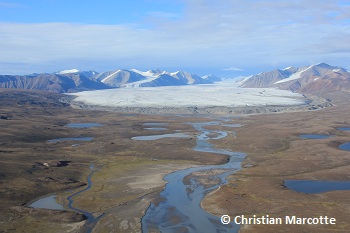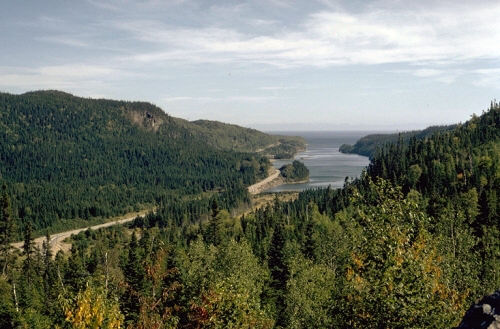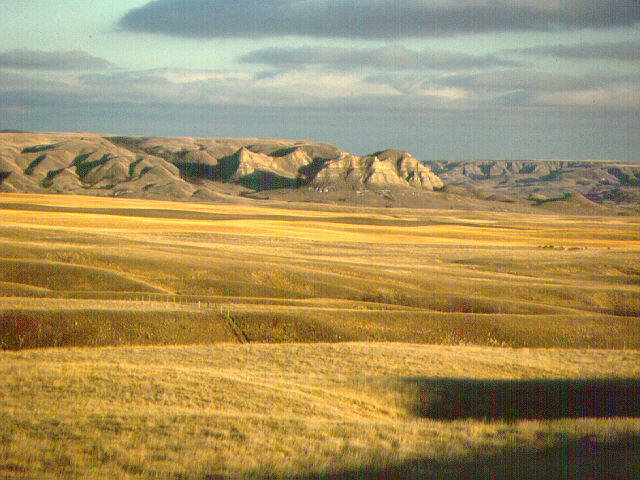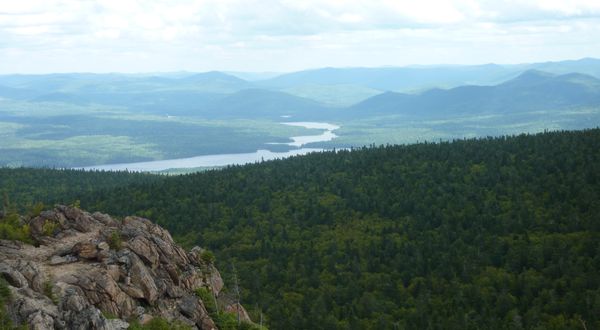Global Warming and Settlement Patterns in Canada
Global Warming and Settlement Patterns in Canada.
Would it be a problem a problem for Canada if the climate warmed?
Yes, farms would dry out easier, there would be less vegetation, and Settlement Patterns would change drastically.
Assumptions on what factors affect settlement?
The latitude you live on, the climate you’re in, what kind of land you live on, flat or on a mountain side, precipitation.
How would it affect each physiographic if Canada’s climate warmed?
The Arctic Region is really cold, so I think the precipitation would change pretty bad, it would snow less and rain more. Which means more people would move there.
Cordillera Region, the coast is not really cold, and it rains a lot, that’s why lots of people live there, if the climate got warmer, it would rain less on the coast and rain more in the central part. Which means more people would live there.
The Interior Plains are generally cold. There bottom area is where most of the population lays.
I don’t think if the climate would get warmer that it people would make people spread out more.
Canadian Shield, it’s generally a warmer region, so if it got warmer people might spread to the coasts of the region. And rivers would dry up.
St. Lawrence Lowlands Region, lots of people live here, because it’s pretty warm, if it got any warmer people may spread north. The lowlands have open areas that would become dessert.
And finally the Appalachian Region, It’s warm here like the surrounding areas, and if the climate gets warmer, people would spread north. Soil will be less fertile, because it will be too warm for most plants.













 I don’t exactly know where this picture was taken, but I think it is really cool, because you can see a really flat land and rolling hills the background.
I don’t exactly know where this picture was taken, but I think it is really cool, because you can see a really flat land and rolling hills the background. This picture was taken in Northwestern Ontario at Perrault Falls.
This picture was taken in Northwestern Ontario at Perrault Falls. The lakes on this picture are located in Muskoka, Ontario.
The lakes on this picture are located in Muskoka, Ontario. This picture of small mountains and a valley was taken near Saint John, New Brunswick.
This picture of small mountains and a valley was taken near Saint John, New Brunswick.